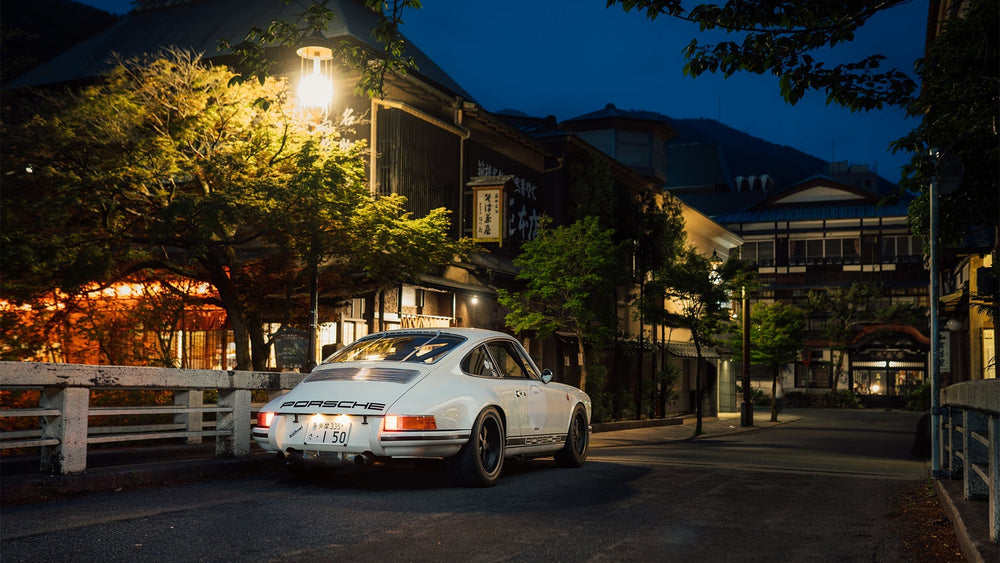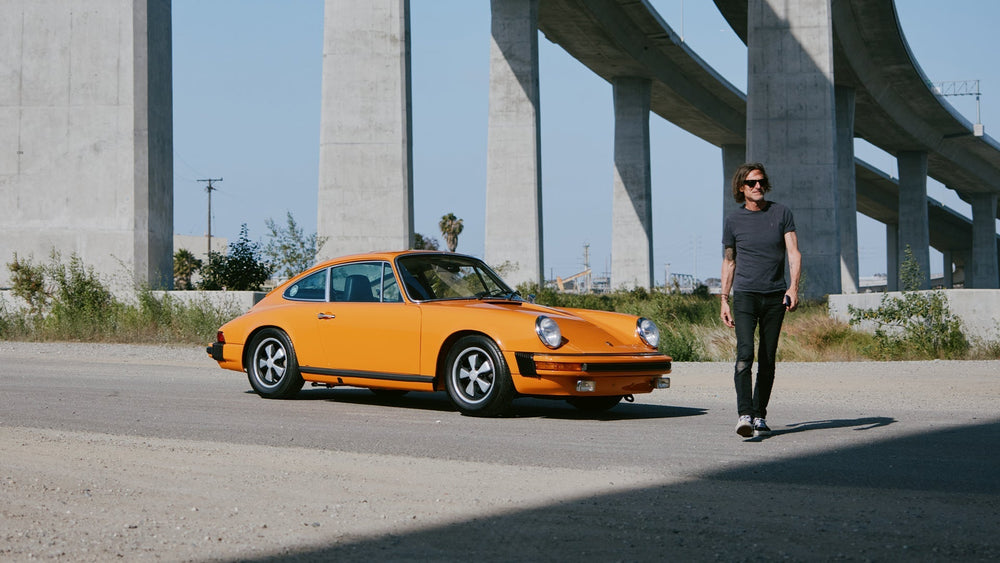
THE TREASURE HUNTER OF KEW
Author: ALFIE MUNKENBECK
Photographer: Thomas Walk
An architect's story expressed through his home, and the many objects within
Built, rebuilt and continuously in reconfiguration, this is the private home of famed Australian architect John Wardle. While many great designs are romanticised as the work of a single brush stroke, this is a house that consists of a thousand.























































